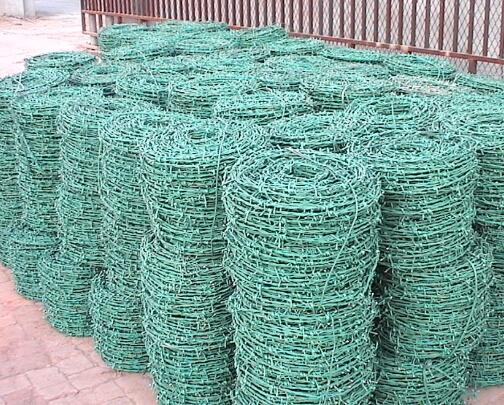The Iron Nail Manufacturing Industry A Fundamental Component of Construction and Beyond
Iron nails are a fundamental component in various sectors, particularly in construction, woodworking, and manufacturing. The strength, durability, and affordability of iron nails make them a preferred choice for both professional builders and DIY enthusiasts. The iron nail manufacturing industry plays a crucial role in providing these essential fasteners, supporting a myriad of applications across different trades. This article explores the landscape of iron nail manufacturers, the production process, industry trends, and the challenges faced today.
The Importance of Iron Nails
Iron nails have been used for centuries, serving as one of the oldest forms of fastening technology. Their primary function is to join materials together, providing stability and structural integrity to constructions. In the construction industry, iron nails are essential for framing, roofing, and floors. They are also prevalent in furniture manufacturing and woodworking, where strength and reliability are paramount.
Beyond construction, iron nails find applications in various industries, including automotive, aerospace, and manufacturing. Their versatility and ability to withstand significant loads make them irreplaceable in many scenarios. Consequently, the demand for iron nails remains strong, creating a thriving market for manufacturers.
The Manufacturing Process
The manufacturing of iron nails involves several critical steps. It begins with the procurement of raw materials, predominantly iron ore, which is processed to produce various grades of iron. Manufacturers typically obtain steel rods or wire from steel mills as a starting point.
1. Wire Drawing The first stage of nail production is wire drawing. Large rolls of steel wire are drawn through a series of dies to reduce their diameter to the desired thickness for nail production.
2. Cutting and Shaping Once the wire is appropriately sized, it is cut to specific lengths, depending on the type of nail being produced. Common types include common nails, finishing nails, and roofing nails, each requiring different dimensions.
3. Pointing and Head Formation The next step involves shaping the nails. The ends of the cut wire are pointed to facilitate easy penetration into materials. Simultaneously, the heads of the nails are formed, which can be flat, round, or clout, depending on the intended use.
4. Heat Treatment To enhance strength and durability, the nails undergo heat treatment. This process increases the tensile strength of the nails, making them more resistant to bending and breaking under load.
5. Finishing Nails are often treated with coatings such as galvanization or painting to prevent rust and corrosion. This finishing process increases their lifespan, especially in outdoor applications.
iron nail manufacturers

6. Packaging Finally, the finished nails are packaged for distribution. Manufacturers often provide nails in bulk or in retail-friendly packages for consumer markets.
Industry Trends
The iron nail manufacturing industry is currently experiencing several notable trends. One significant development is the increasing emphasis on sustainability. Many manufacturers are adopting environmentally friendly practices, such as using recycled materials and implementing energy-efficient production processes. As construction standards grow more stringent concerning environmental impact, manufacturers are stepping up to meet these requirements.
Moreover, technological advancements are revolutionizing the manufacturing processes. The introduction of automated machinery and robotics is enhancing production efficiency, minimizing waste, and ensuring consistent quality. As companies strive to remain competitive, investing in advanced technologies becomes essential.
The growing global population and urbanization continue to drive demand for construction materials, including iron nails. Emerging markets in Asia and Africa present new opportunities for manufacturers, prompting them to expand their operations and explore international partnerships.
Challenges Faced by Manufacturers
Despite the positive trends, the iron nail manufacturing industry faces several challenges. Fluctuating raw material prices, particularly steel, can impact production costs. Manufacturers must navigate these changes without compromising product quality or pricing strategies.
Additionally, competition from alternative fastening solutions, such as plastic or composite nails, poses a threat to traditional iron nail manufacturers. These alternatives often offer benefits like reduced weight or corrosion resistance, which can sway customers in certain applications.
Lastly, supply chain disruptions, exacerbated by global events such as the COVID-19 pandemic, highlight the need for manufacturers to develop resilient supply chains. Ensuring reliable access to raw materials and timely distribution is vital for maintaining production and meeting customer demands.
Conclusion
The iron nail manufacturing industry remains a cornerstone of construction and various other sectors. With a robust production process, increasing demand, and evolving trends, manufacturers are well-positioned to thrive. However, they must also navigate challenges to sustain their growth and relevance in a rapidly changing marketplace. As the world continues to build and innovate, iron nails will undoubtedly remain an essential component in this ongoing journey.

















